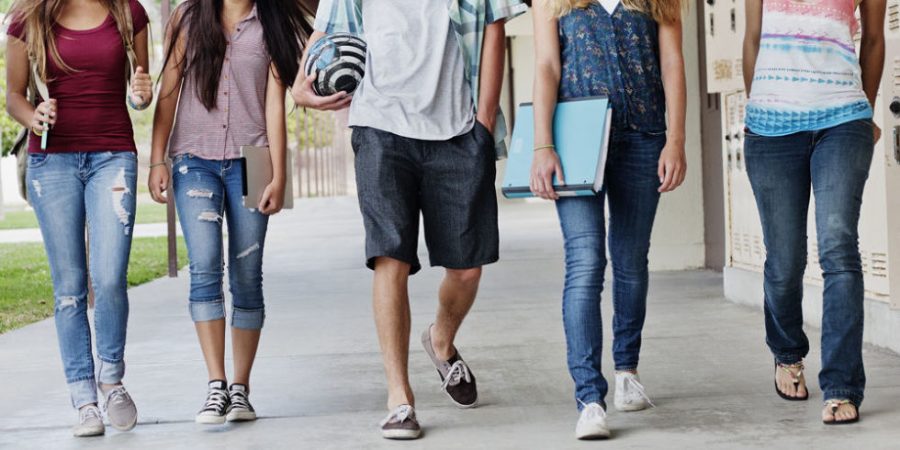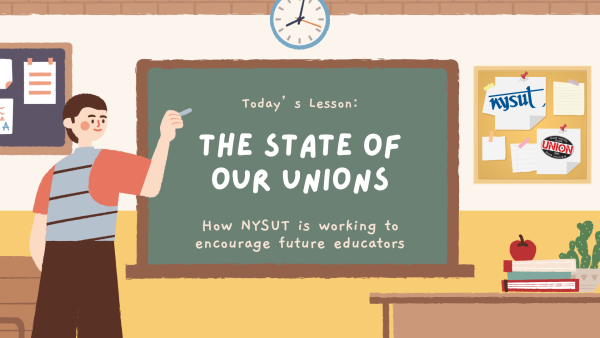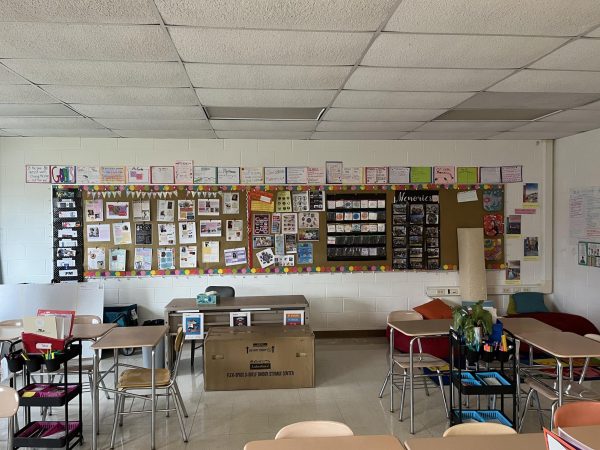Are School Dress Codes Enforced Fairly?
We hear from the students of PMHS about their experiences with our school’s dress code
Photo by via Creative Commons
Are dress codes enforced fairly?
October 26, 2016
Clothes play a large role in the lives of all people. Teenagers, in particular, often use clothing as an outlet to express individuality. Schools across the nation employ different dress codes that establish what a student can, and cannot, wear. However, it can be said that over the past few years controversy surrounding standards of dress has been on the rise.
Many assert that schools are inconsistent with their rules and have a seemingly sexist slant. Clashes between students, parents, and schools have increased as interpretations of what is considered acceptable clothing differ. Students face various repercussions ranging from simple reprimanding all the way to suspension due to the clothes they wear.
Recently, The Red and Black conducted a Twitter poll in an effort to obtain a general idea of the opinions regarding school dress that are prevalent amongst the youth in our community. In this survey, which was open to anyone, individuals were asked to select the choice that they felt best filled in the blank to the statement “In my opinion dress codes are…”
By the time the poll had closed, 128 anonymous participants responded to the prompt and the final results were as follows: 9% felt dress codes are necessary, 35% felt they oppress students, 42% felt they are annoying, and 14% felt otherwise.
Some students took the opportunity to vocalize their opinions and give insightful input.
For instance, Daniel states that dress codes “make sense in some cases but I feel they (school administrators) take them too far.”
Students Jillian, Celena, and Samantha also agree that dress codes are necessary, but only to an extent. These students state that in some circumstances it is justified for a student to get dress coded, and in others, it is not. Unless someone is dressed extremely inappropriately- “minimal clothing” -these students believe that clothing should not be made to interfere with a student’s education. In a school with no air conditioning and fluctuating temperatures, clothing items such as tank tops, strapless shirts, and shorts should not present a problem.
In addition to bringing about the idea that dress codes should be situational rather than based on confined restrictions, others also brought up the idea that dress codes often create a distinct, one-sided double standard.
Layne states “They tell girls to change their shirts, but they don’t tell boys to pull their pants up when underwear is visible…it implies girls in our school are ‘distracting objects,’ while boys can have their underwear showing without penalty???”
According to Layne, and others such as Braden, Jennifer, and Lily, dress codes are oppressive. Based on their statements, it can be inferred they feel dress codes sometimes appear to be more directed at girls.
In turn, dress coding can be seen as form of body shaming and ultimately cause long term issues with self esteem and self confidence.
Also, in response to Layne’s comment, Brian then goes on to note that “sagging is addressed in the codes.”
However, despite being accounted for in the regulations, many feel that the dress codes in regards to boys are not as heavily enforced as those put in place for girls. Although schools attempt to avoid sexist ways, dress codes often depict an unfair difference in the treatment of boys versus girls in seemingly similar positions.
PMHS Principal, Dr. Rusielewicz, wants the student body to understand that administration does address boys and girls equally with regard to enforcement of dress code violations.
When asked to share their opinions on dress codes, students varied in their responses. Some teenagers have very distinct views while others feel their outlooks are flexible. Despite differences in perspectives, it seems most students were able to come to the general conclusion that dress codes are annoying.
It is important to understand that even though sometimes it may appear that dress codes target specific individuals in an oppressive manner, most of the time dress codes are simply aimed at keeping students in line. Dress codes are intended to keep teenagers looking proper and respectful though the enforcement of them often results in conflict.
After assessing the thoughts of students here at Patchogue-Medford, one can determine that dress codes are in need of reform. Rather than being harsh and limited, dress codes should be catered to ever changing circumstances.
However, despite bringing about varying opinions, it is probable that most students would prefer restrictions on clothes that they can choose to wear rather than a uniform. So, next time you are asked to change your shirt or pull up your pants, remember sometimes freedom comes at a cost.






















Stephen • Nov 6, 2016 at 7:42 am
This had to be one of, if not the, best article on the site. It speaks an issue that is topical even now, though its been such a problem for so long. I suggest you write more articles like this. Perhaps one about the recent lead in the water fountains, or the blackout and perhaps the increase of intruder drill and why those have happened.